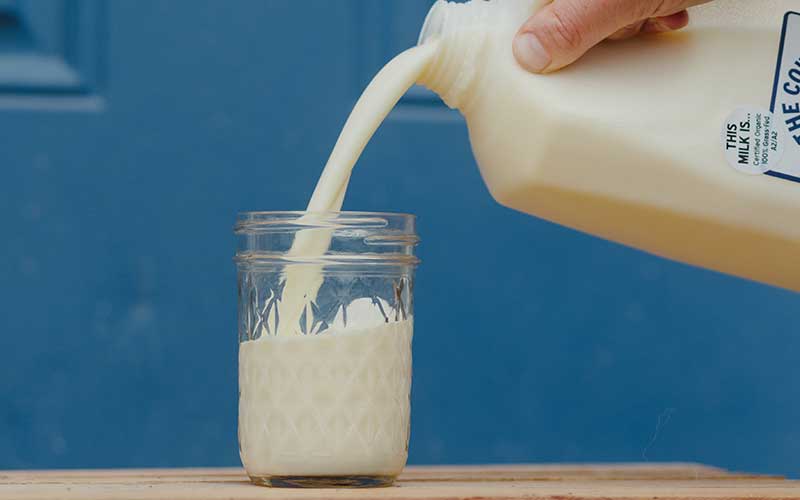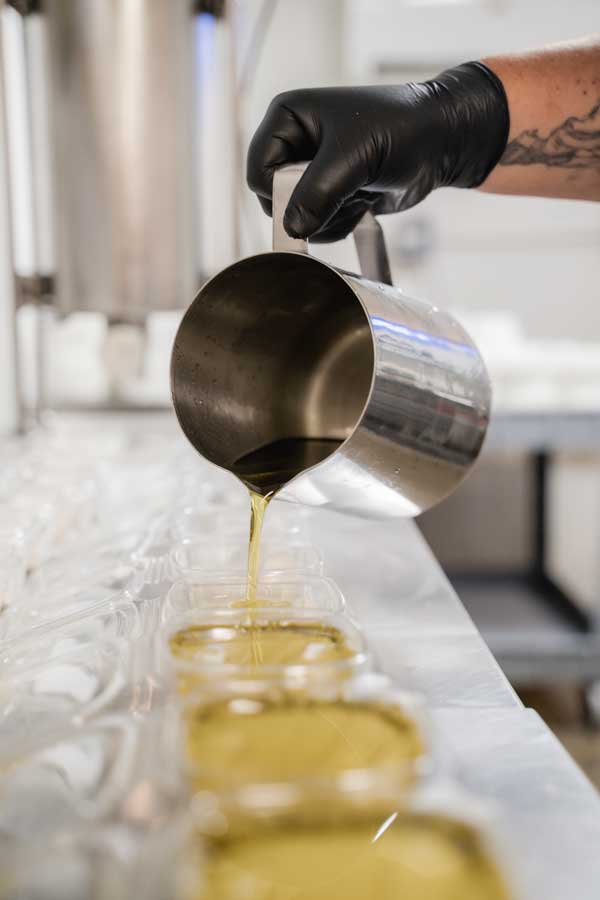The dairy industry is a cornerstone of Vermont’s economy, contributing significantly to employment and producing high-quality dairy products, delivering an economic impact of over $5 billion.
Dairy farms, mostly small and family-owned, generate a substantial portion of the state’s agricultural revenue, with dairy being Vermont’s most valuable agricultural product.
What do dairy products and processing bring to the state of Vermont?
$5.4B
in total economic activity to the state of Vermont each year.
Each Vermont dairy cow provides $8,451 economic activity to the state annually.
$53M
in grant funding has been earmarked for projects in the Northeast through 2027.
Northeast Dairy Business Innovation Center
The Northeast Dairy Business Innovation Center (NE-DBIC) was established as part of the 2018 Farm Bill to support dairy businesses in the development, production, marketing, and distribution of dairy products.
Over 75% of NE-DBIC funds go directly to dairy businesses through grants and contracts. By the end of 2024, the Center had awarded a total of 367 projects across the region. Vermont had 125 projects, representing an investment of $11,609,411 into the state.
Past and current projects include health and safety training, marketing strategies, grazing transition support, technical assistance, processor expansion, and farm modernization.
Vermont Dairy Products and Byproducts
Vermont dairy products generate an impressive $2.626 billion in direct sales. Vermont produced 2.5 billion pounds of milk in 2022, about 300 million gallons.
Milk is Vermont’s primary dairy product,with dairy farms producing about 63% of all milk in New England.

Vermont Dairy Production Product Volume by Type


Dairy Employment
Dairy is one of Vermont’s top private employers, supporting approximately 17,318 jobs and $812 million in wages and salaries. Vermont dairy farms employ nearly half of all hired agricultural workers in the state.
17,318
Vermont Jobs in related to Vermont Dairy
$812M
in wages & salaries
Jobs include milking, herd management, and equipment operation, with additional jobs in processing and distribution. As farms consolidate, there has been a move toward larger operations requiring skilled labor and advanced technological knowledge.
Efforts to retain workers include adopting labor-saving technologies and offering housing and competitive wages.

Migrant Farmworkers
Vermont has an estimated 750 to 850 year-round migrant farmworkers, primarily on dairy farms, along with about 150 partners and children.
In contrast, about 500 seasonal farmworkers, mostly from Jamaica, travel to Vermont each year to work through the H2A visa program.
Migrant workers fill essential roles, including milking, herd care, and equipment maintenance to help farms function efficiently. Their contributions help sustain dairy production amidst labor shortages and evolving industry demands.



